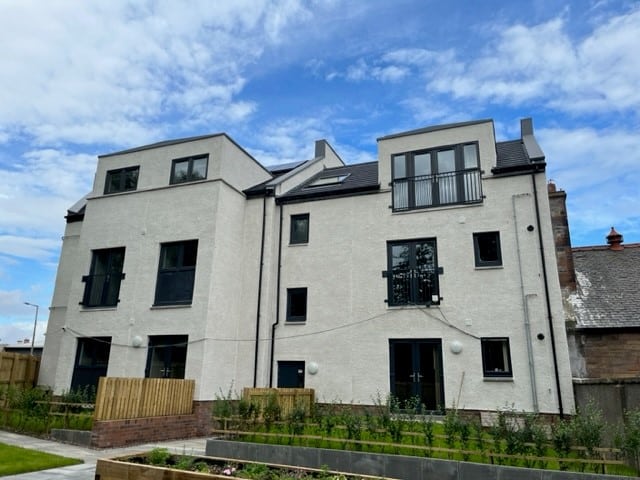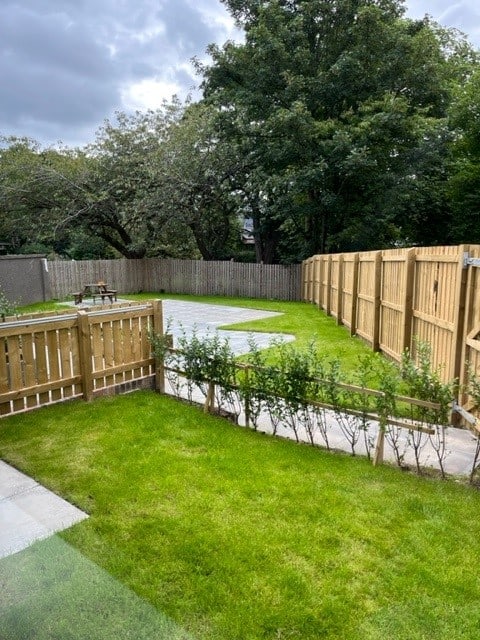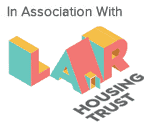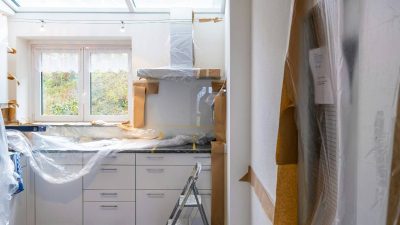Housing is a hot topic and rightly so. Political announcements come with much fanfare and on-stage backslapping as huge sums of money and vast numbers of homes are promised.
It seems that everyone has a solution and earlier this year Michael Gove, the UK’s Secretary of State for Levelling Up, Housing and Communities channelled his inner Winston Churchill when he quoted the war-time Prime Minister: “We shape buildings and they shape us”. His message was that the current UK government was going to build a better Britain.
Just last month we had an aspiring Prime Minister, Sir Keir Starmer, focusing on housing in his keynote address to his party conference. The Labour leader talked about new towns on urban land and a plan to build 1.5 million homes.
In Scotland there is the much-trumpeted plan to build 110,000 affordable homes by 2032 and critics may point out that time is marching on to achieve that goal.
All of these grand plans and commitments involve huge numbers and it appears that everyone has a solution to housing problems – it’s just putting them into practice that’s the issue. But sometimes focusing on the grand scale and generalities as the key measures of success actually mask many of the serious issues we are facing. Perhaps by tackling less headline-grabbing, specific issues we can provide a more positive societal impact, just without the tub-thumping political rhetoric.
In particular, there is a problem in providing safe and appropriate homes for people with additional support needs. For developers there might be an understandable reluctance to get involved in such specialist housing, as there are far more commercially viable options available. The level of detail required in the fit out of such developments can also be an obstacle.
However, some are prepared to take on these projects and two recent sites in Edinburgh involve a great example of partnership working. In the last couple of weeks, a development of nine flats in the west end of the city was formally opened providing high quality and safe housing for people with additional support needs. This might be small in number but is has a massive impact as the three parties involved – Lar Housing Trust, the City of Edinburgh Council and the Edinburgh Health and Social Care Partnership (EHSCP) – will readily testify.
Lar involved EHSCP staff in the design elements of the flats from the very outset and even welcomed relatives of prospective tenants to visit during construction to provide important feedback on the suitability of the homes. This was a complicated project on a tight site and was only made possible by detailed discussions between Lar, the Council and EHSCP on a variety of design and build topics.
Ford’s Road followed on from the first development by this partnership, which opened last year. A small development of six flats in the Niddrie area of Edinburgh is now home to some tenants who had previously been stuck in a hospital setting for many years simply due to a lack of suitable accommodation.
Freeing up some public capital to ensure that similar, shovel ready sites can be quickly built out would provide a better societal impact than more grandiose announcements. Now that would be a housing solution worth a fanfare.













